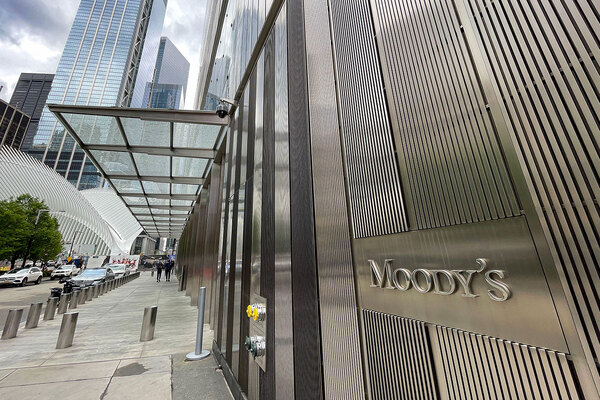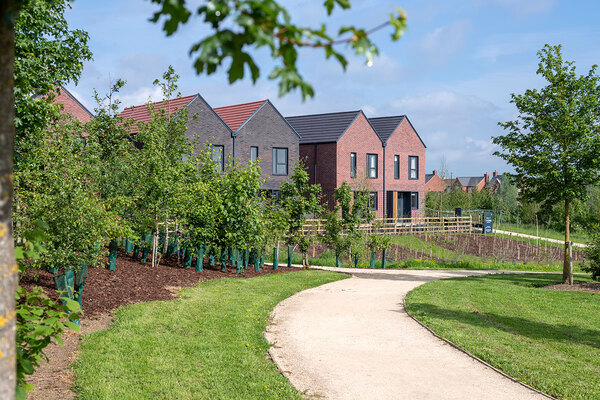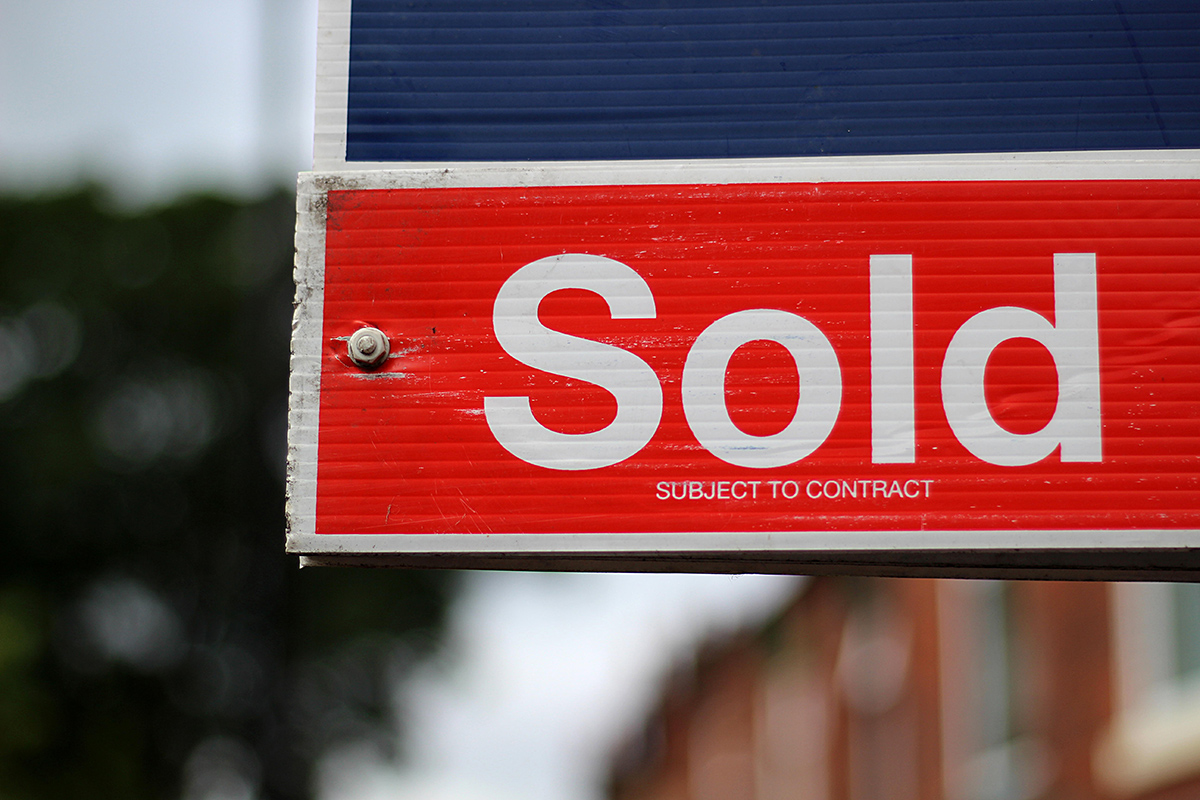You are viewing 1 of your 1 free articles
Sector’s debt pile to hit £120bn by 2026, says S&P
Total debt in the UK social housing sector will increase to £120bn in the next two years as more landlords return to the capital markets, S&P has predicted.
In a new report, the ratings agency said it expects gross borrowing over the next two years to total £21bn, with around £11bn predicted to be used for refinancing.
“We expect social housing providers will gradually return to debt capital markets after two years of limited issuances,” Karin Erlander, a credit analyst at S&P, said.
Places for People, Aster and Sovereign Network Group have been among the few landlords to raise funds on the markets in the past 12 months as the economic climate has remained uncertain.
Debt in the sector is expected to increase by 5% per year to reach £120bn by 2026, S&P said in its report.
The £120bn figure is 40% higher than in 2019, but S&P said it was only 8% larger in real terms, when adjusted for the impact of inflation.
The agency said it expects that gross borrowing, covering net borrowings and debt repayments will peak in the 2025 financial year due to refinancing.
“We project the sector will mostly rely on debt to cover its funding needs after having used some of its excess cash over 2022-2024,” S&P said.
S&P’s report comes in the same week that the Regulator of Social Housing revealed there was a £2.1bn net increase in drawn debt among English landlords in the last quarter of 2023, which was the highest recorded since data collection began in 2015.
However, S&P predicted that net borrowings will fall, as many landlords cut back on developing new homes.
A host of major landlords, including L&Q, Clarion and Platform Housing Group, have dialled down their development plans in the face of other financial priorities, such as building safety and decarbonisation.
S&P also pointed to the fact that the UK sector’s debt is concentrated among the top 20 borrowers, which account for around half of all borrowing.
“Their aggregated debt has increased by close to one-third since 2019, mainly because of mergers,” the agency said.
“In our view, this trend will persist as consolidation in the sector will continue.”
The top five borrowers – L&Q, Peabody, Clarion, Sanctuary and Notting Hill Genesis – account for a fifth of all debt in the sector.
Among the top 20 is Wheatley Group, Scotland biggest social landlord, and it is the only provider that is based in a devolved region.
S&P said there was a chance that landlords could develop and borrow more if factors such as a better than expected performance, higher grant funding, or more fixed asset sales occur.
But the agency warned: “Downside risks include additional requirements on existing stock or interest rates remaining high for longer.”
Sign up for our development and finance newsletter
Already have an account? Click here to manage your newsletters












